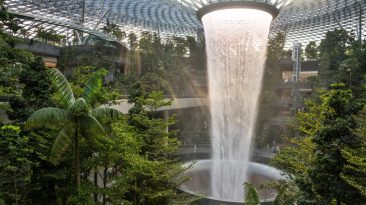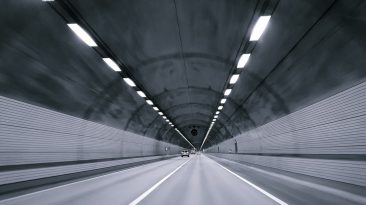Rise. and. shine! Get up and seize the day! You can do anything under the sun…when the sun powers everything.
Your phone, your home, and all that’s in between. This is life on the golden grid. But is it the utopia we thought it would be?
In 2018, the state of California passed a law requiring all new houses to be built with solar panels after 2020. Now you might think that sounds both extreme and unfair, considering it will raise home prices by as much as $12,000. But it’s a lot more sensible than you think.
For one, families will actually be making money off their new homes by saving roughly $19,000 over 30 years. And in the meantime, California will be generating 74% of its electricity from the Sun.
Sadly, not every place in the world is like sunny California. So if we tried to follow their example, would we be setting ourselves up to fail?
Actually, on the world stage, California’s solar initiative is hardly impressive. In Australia, for example, roughly 15% of homes are already equipped with solar panels.
And in Belgium, it’s about 7% of homes. But in the U.S., only 0.5% of homes currently have solar panels on them.
Of course, it could be a lot more. Like, a lot more.
There are just over 8 billion square meters (86.1 billion square feet) of suitable roof space in the U.S., that, with solar panels, could produce 1,400 terawatt hours of electricity each year. That’s 40% of the current energy production in the U.S.
Of course, we’d have to work out a few things first. It’s one thing to require all homes to have solar panels, but to ensure everyone gets reliable power when they need it is not so easy.
For example, some countries don’t get as much sun as others do, or they simply have fewer people, or they have lower energy needs, making it unfeasible for them to rely only on solar power. Think of it this way. We said earlier that if every home in California was equipped with solar panels, the state could generate about three quarters of its energy from solar power.
But following the same initiative, a state like Wyoming, for example, would only be able to get about 14% of its energy from solar power. So the success of this kind of program really depends on managing people’s expectations based on the energy needs of a given region, the amount of sunlight that region receives, and the population density within its borders.
The places that are unable to go full-on solar, would be encouraged to rely on other renewables suitable for their climates. The jump in global demand for solar panels would create millions of new jobs and businesses.
To build all these new solar panels, we’d have to up our silicon and silver extraction, which would be great news for China, since they’re the world’s leading silicon producer! …And its second-biggest silver producer.
We would need engineers to come up with effective ways to prevent power surges. Also known as “solar spills,” they occur when too much energy is generated during off-peak hours, like during the day, when sunlight is greatest and demand is lowest.
This overwhelms the grid, and can trigger blackouts or frequency issues. The challenge for our engineers, then, is to come up with ways to divert and store the excess energy that is produced, and then recall it when it is needed.
Solar batteries are a possible solution, although it’s a very expensive one. But with any luck, the high demand would reduce the costs associated with going solar.
In any event, after installation, people would break even on their solar technology within 5 to 10 years, and would then save significantly on future utility bills… while also saving the future itself. So if this is what you see today, what might you see tomorrow?
Subscribe to What-If on Youtube or follow the show on Facebook Watch.
Sources
- “What Would The Economic Impact Be If Everyone Installed Solar Panels?”. 2019. forbes.com. Accessed July 15 2019.
- “A Solar Panel On Every Roof In The US? Here Are The Numbers”. Johnson, Scott. 2018. Ars Technica. Accessed July 15 2019.
- “Spike In Solar Panel Installations ‘Could Lead To Blackouts'”. Stevenson, Ashleigh, 2018. ABC News. Accessed July 15 2019.
- “Solar Panels For Your Home In 2019: 10 Things To Know | Energysage“. Richardson, Luke. 2019. Solar News. Accessed July 15 2019.
- “California Is Requiring Solar Panels On All New Houses: Here’S What That Means”. 2018. The Verge. Accessed July 15 2019.
- “Energy Equity: Bringing Solar Power To Low-Income Communities”. Gallucci, Maria. 2019. Grist. Accessed July 15 2019.
- “2019 Cost Of Solar Panel Batteries | Energysage”. 2019. energysage.com. Accessed July 15 2019.
- “Which Country Produces The Most Silicon?”. Sawe, Benjamin. 2019. Worldatlas. Accessed July 15 2019.



























